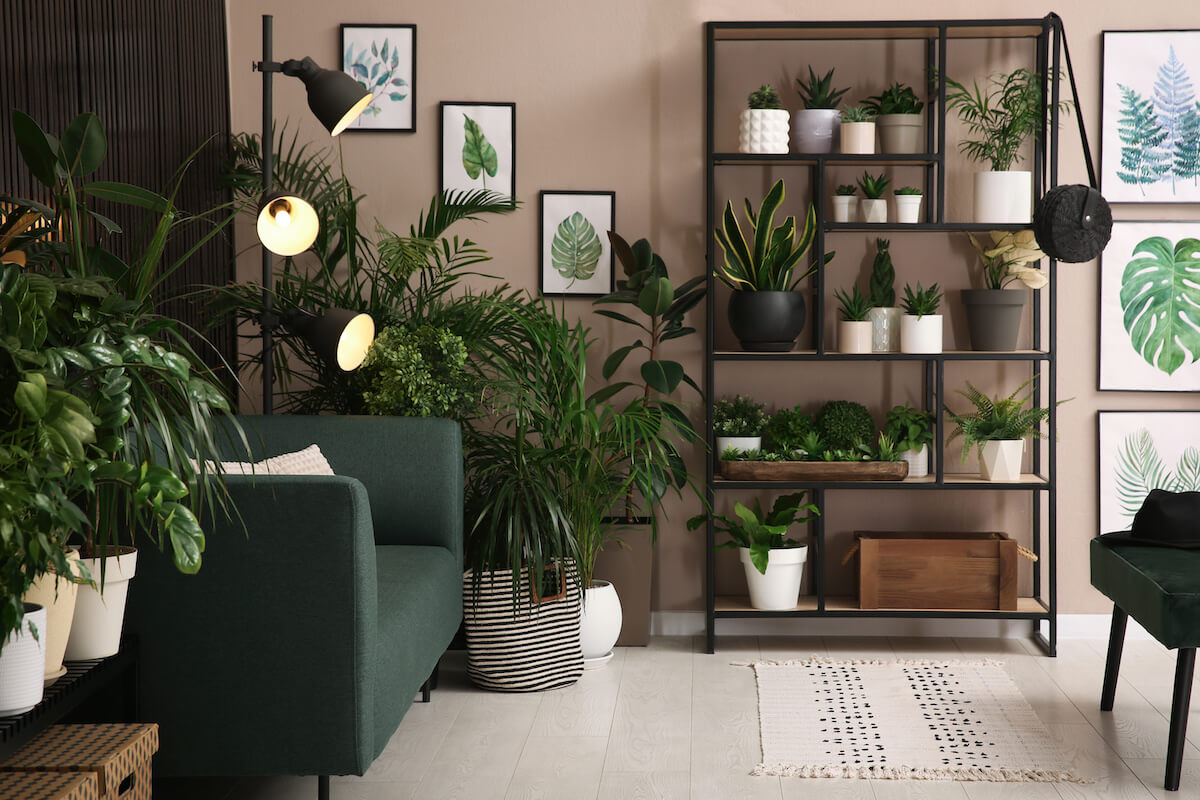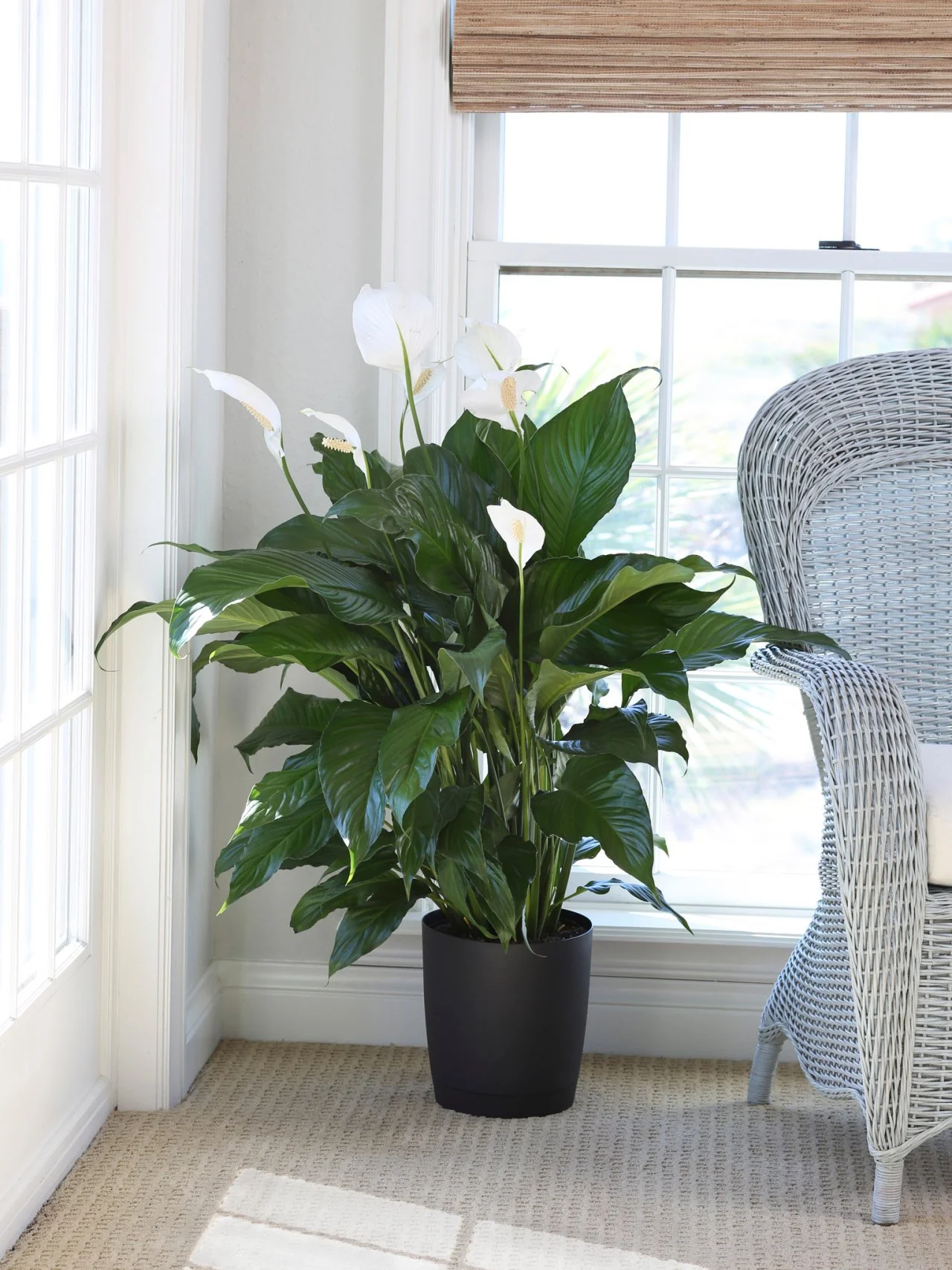Transform Your Home With Beautiful Low-Light Indoor Plants and Their Advantages
Including low-light interior plants right into your home can considerably improve both the visual and ecological high quality of your space. These plants, which flourish in dark problems, offer not just as decorative elements however also as natural air purifiers, making them perfect for metropolitan dwellers or those with limited sunshine exposure. As we discover the different kinds of low-light plants and their advantages, you might find unusual methods to integrate them into your home that can transform your environments in means you may not have anticipated.
Advantages of Low-Light Plants
Low-light plants provide numerous advantages for interior atmospheres, making them a superb option for both beginner and skilled garden enthusiasts. Among the main benefits is their flexibility to low-light problems, enabling individuals to enhance their living spaces without the need for comprehensive sunlight exposure. This characteristic makes them optimal for apartment or condos, workplaces, and other locations with restricted all-natural light.

Moreover, integrating low-light plants into home decor can boost the aesthetic appeal of an area. Their rich vegetation and differed structures develop a relaxing ambience, contributing to overall well-being. Finally, the existence of greenery has actually been connected to minimized anxiety degrees and improved efficiency, making low-light plants a functional option for enhancing both physical and mental health and wellness in indoor settings.
Top Low-Light Indoor Plants
While numerous interior plants prosper in brilliant light, numerous species are especially fit for low-light conditions, making them excellent for various interior rooms. One popular option is the Serpent Plant (Sansevieria), recognized for its striking upright leaves and durability, calling for minimal care. An additional excellent option is the Pothos (Epipremnum aureum), which includes heart-shaped leaves and can route beautifully from wall mounts or shelves, thriving in low light and adding a lush touch.
The ZZ Plant (Zamioculcas zamiifolia) is commemorated for its shiny leaves and capability to hold up against neglect, making it ideal for hectic way of lives. In a similar way, the Tranquility Lily (Spathiphyllum) not just endures reduced light but also produces spectacular white flowers, improving any type of space's visual.
For a special touch, think about the Cast Iron Plant (Aspidistra elatior), which undoubtedly meets its name, growing in the darkest edges of your home. Last but not least, the Chinese Evergreen (Aglaonema) supplies a selection of fallen leave patterns and shades while being incredibly forgiving in low-light conditions. These plants not just enhance indoor environments yet likewise contribute to air filtration, improving your space.
Care Tips for Low-Light Plants

Watering techniques are important; these plants often favor slightly completely dry problems. Overwatering can result in root rot, so ensure that the leading inch of dirt is dry prior to sprinkling once again. Usage pots with drainage holes to permit excess moisture to get away.
Moisture is another crucial factor. Numerous low-light plants, such as brushes and peace lilies, gain from greater moisture levels. Web Site To enhance moisture, take into consideration misting the leaves or positioning a tray of water near the plants.
Fertilizing ought to be approached with care. During the growing period, use a weakened, well balanced fluid fertilizer each month to sustain development, but prevent feeding throughout the inactive cold weather.

Creative Ways to Show Plants
Interior plants can work as fascinating focal factors in any kind of room, boosting both visual appeal and atmosphere. Innovative display screens can elevate the visual effect of low-light plants, making them an indispensable part of your home design. One reliable approach is to make use of tiered plant stands, which allow you to showcase numerous plants at varying elevations while making the most of flooring area.
Hanging planters are an additional cutting-edge alternative, producing a sense of depth and drawing the eye upwards. Take into consideration macramé wall mounts or wall-mounted shelves to introduce a distinct texture and design.
For an extra organized technique, use geometric terrariums or glass containers to house your plants, adding a modern-day touch to your interior garden. You can also repurpose vintage things, such as teacups or wood cages, for an eclectic display screen that shows your personality.
Enhancing Home Ambiance With Plants
Incorporating low-light plants into your home not only boosts visual appeal yet likewise adds considerably to the general setting. These plants offer as natural style elements, introducing a feeling of harmony that can transform any room. The visibility of greenery cultivates a soothing atmosphere, which is specifically helpful in high-stress environments such as home workplaces or living areas.
Low-light plants, such as serpent plants, pothos, and ZZ plants, are not only cosmetically pleasing but additionally improve interior air quality by filtering toxins. This dual feature enhances the setting further, developing a healthier space (Best low-light indoor plants). The tactical positioning of these plants can also influence the assumption of space; for instance, high plants can draw the eye upwards, making ceilings appear higher and areas more roomy
Furthermore, differing textures and shades of foliage include deepness to interior design, permitting imaginative expression in home styling. Whether like it positioned on shelves, in edges, or as focal points, low-light plants can raise the mood of any kind of room. In recap, incorporating these plants right into your home is a reliable way to cultivate a cozy, welcoming environment while profiting of boosted air quality and visual adaptability.
Verdict
Incorporating low-light indoor plants right into home atmospheres uses countless advantages, consisting of boosted visual allure and boosted air top quality. These resilient plants, such as the Snake Plant and Tranquility Lily, need minimal light and maintenance, making them appropriate for diverse way of lives. Their capacity to filter pollutants adds to a healthier home, while their different structures and shades improve indoor decoration (Best low-light indoor plants). Inevitably, the incorporation of low-light plants promotes a serene and welcoming setting, transforming any kind of home right into a tranquil oasis.
While lots of indoor plants thrive in intense light, a number of varieties are especially fit for low-light problems, making them optimal for different interior areas. One reliable technique is to use tiered plant stands, which enable you to display several plants at differing heights while optimizing floor area.
Low-light plants, such as snake plants, pothos, and ZZ plants, are not only cosmetically pleasing however additionally improve interior air quality by filtering system contaminants. Best low-light indoor plants. The critical placement of these plants can additionally influence the assumption of space; for circumstances, tall plants can attract the eye up, making ceilings appear greater and rooms extra sizable
These durable plants, such as the Snake Plant and Peace Lily, need minimal light and upkeep, making them appropriate for diverse way of livings.
Comments on “A Guide to the Best Low-Light Indoor Plants for Small Spaces”